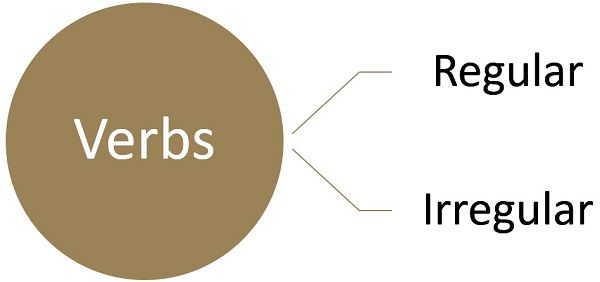
The forms call, love, break, and go are all infinitives.Īlmost all verbs have two other important forms called participles. The basic form of a verb is known as its infinitive. Give it a try.Īnswer to “Zits” question: Oh, it should be lie as in recline otherwise, he'd be putting low somewhere or it.Verbs are words that show an action ( sing), occurrence ( develop), or state of being ( exist). I, therefore, being the smart guy that I am, developed the theory that if it worked for a student whose first language was Japanese, it would work for everyone. When Michiko, who is now married and a mother living in Tokyo, was a student here, she would always write six words - three atop the other three - on her quizzes and exercises (we did 'em on paper then). I call this The Michiko Sato Rule because she invented that quick little way to make sure she always got it right in quizzes and exercises (and life). When students do that (I see it on the sides of their quizzes), they never - underline “never”- get it wrong. Write these six words - “lie, lay, lain” (to recline) then beside or below them - “lay, laid, laid” (to place or put down). When you bump into a lie-lay conundrum - when you aren't absolutely, 110 percent sure - do this quick little exercise.* I had laid the tools on the workbench.ĪN IMPORTANT TIP: Here's an easy way to get it right - every time - without remembering all that gobbleygook above. And: I laid an egg in class when I tried to tell that joke. Past tense: As I walked past, I laid the tools on the workbench. Lay Present tense: As I walk past, I lay the tools on the workbench. Past participle: But I remembered that I had lain there all morning one day last week. Past tense: Yesterday, I lay there thinking about what I had to do during the day. Lie Present tense: I lie down on my bed to rest my weary bones. (A transitive verb acts as a conveyor belt, transmitting action or influence from the subject to the object.) The common saying, Let's lay out in the sun, is not only incorrect grammatically, it suggests a public promiscuity that's frowned on even in this age of sexual permissiveness because you're implying the existence of a direct object of lay: Let's lay (her/him?) out in the sun. Not that there's anything wrong with THAT! It's just ungrammatical unless you're talking about sex. Tip: Always remember that lay is a transitive verb and requires a direct object. (The same is true, by the way, of sit.) In written material, we generally use down with lie when we mean to recline not because down is needed grammatically but because we wish to distinguish from the regular verb lie, meaning to tell an untruth (as in lie, lied, lied). If you tell your dog, Lie, as in (You) lie (down), that's a complete sentence. More on lie: In its simplest (command) form, when the you is implied, lie is a sentence all by itself. Lay, on the other hand, means that the subject is acting on something or someone else therefore, it requires a complement to make sense.When accompanied by subjects, complete verbs tell the whole story. It's what grammarians call a complete verb. Lie means that the actor (subject) is doing something to himself or herself.Īs an aid in choosing the correct verb forms, remember that lie means to recline, whereas lay means to place something, to put something on something. Lay (present), laid (past) and laid (past participle). Lie (present,) lay (past) and lain (past participle). The principal parts (most-common verb forms) of lie are: It's sit, sat and sat but set, set, set.)

(Sit and set, probably the irregular verbs that give people the most trouble next to lie and lay, for example, have no parts in common. Here's why: The past tense form of lie is lay, so it's indistinguishable from lay in the present tense except in usage.


Regular verbs create their past and past participle forms by adding d or ed to the stem of their infinitives (love, loved, loved), but irregular verbs create past and past participle forms by altering their stems in unpredictable ways.Ī number of common irregular verbs give people trouble, particularly:ĭive, drown, fly, hang, lead, prove, sit, set and shrink.īut lie and lay seem to give people more difficulty than do all the other irregular verbs combined. In general, irregular verbs are troublesome to learn. Question: Is lay used correctly in this cartoon? Answer below.


 0 kommentar(er)
0 kommentar(er)
